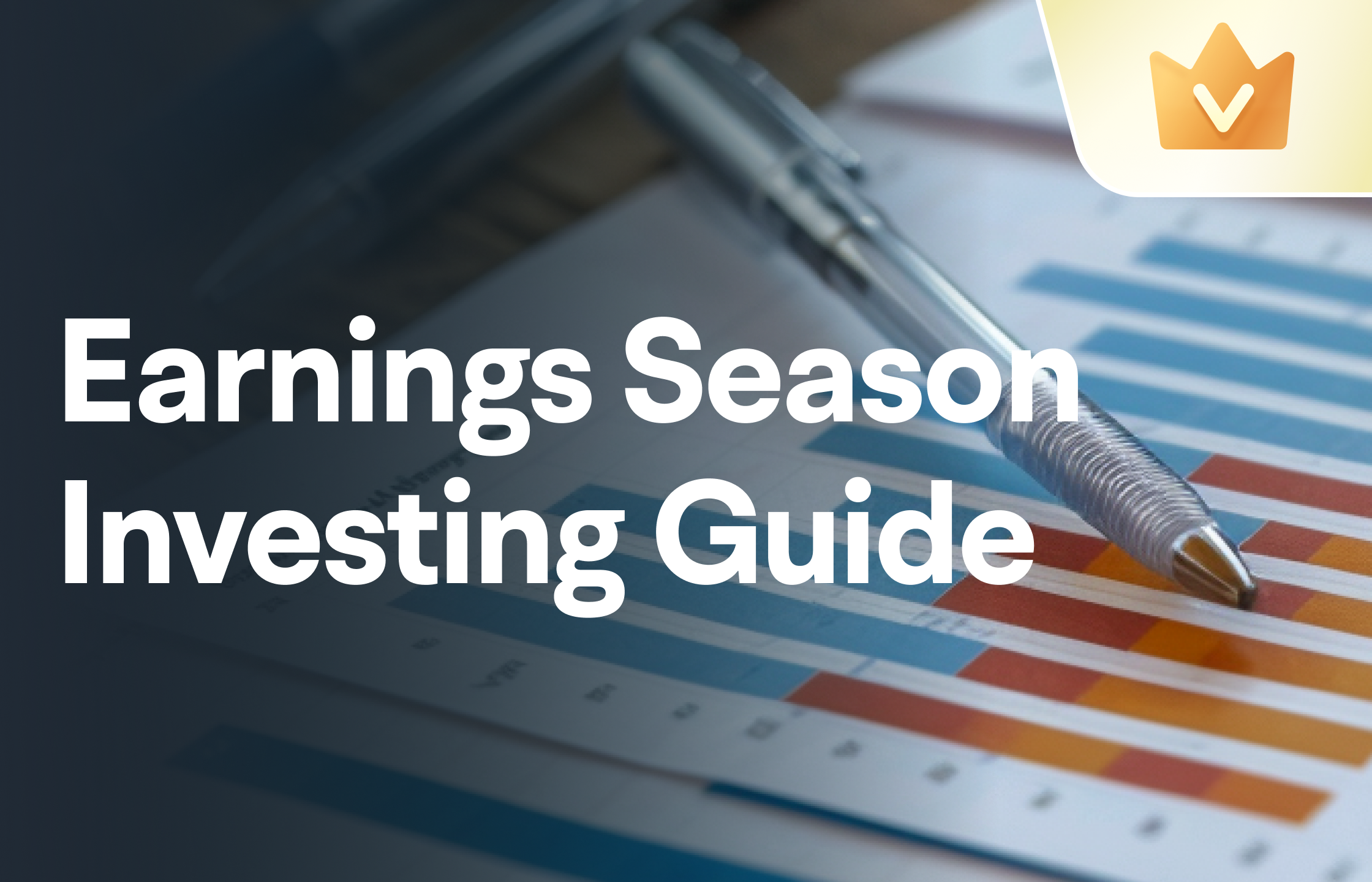Research shows that: trading volume almost always precedes stock price, and trading volume is the leading indicator of stock price. In the volume and price theory, the relationship between trading volume and stock price trends can be summarized into the following eight types:
1. Increase in volume (trading volume) and increase in price (stock price) is the so-called price and market.
2. The volume rises, the price rises, and the stock price hits a record high, but the trading volume does not hit a record high. At this time, the stock price rise is suspicious, and there is a potential reversal signal in the stock price trend.
3. The stock price rebounded with the diminishing trading volume, showing that the driving force for the stock price rise was insufficient and the stock price trend had a signal of reversal.
4. The stock price gradually rises with the increase in trading volume, then the trading volume increases sharply, the stock price soars (the blowout market), and then the trading volume shrinks sharply, and the stock price drops rapidly. This indicates that the upward trend has come to an end, the rise is weak, and the trend is about to reverse. turn. The magnitude of the reversal will depend on the magnitude of the previous round of stock price increases and the degree of change in trading volume.
5. The market where the stock price rises with the increase in trading volume continues for a few days. Once there is a sharp increase in trading volume and the stock price rises weakly, when the high-end circle is unable to rise sharply, it indicates that the stock price is under heavy selling pressure at the high-end, which is a decline in the stock price. Harbinger. After the stock price continued to fall, there was a large trading volume at the low end, but the stock price did not fall along with it. A small change in the market indicated that the market was about to reverse and rise, and it was an opportunity to buy.
6. After a long period of decline and forming a trough, the stock price rebounded, but the trading volume did not increase due to the rise in the stock price, and the stock price rose weakly, and then fell to near the previous trough (or higher than the trough) again, such as the second trough The trading volume is lower than the first trough, indicating that the stock price is about to rise.
7. After the stock price has fallen for a considerable period of time, there will be panic selling. With the increasing trading volume, the stock price fell sharply. Following the panic selling, the stock price is expected to rise. At the same time, the low price created after the panic selling cannot be broken in a very short time. Therefore, the panic selling often marks the end of the short market.
8. The stock price falls below the trend line or moving average of the stock price pattern, and there is a large volume at the same time, which is a signal of the stock price decline.
Note: When the stock price is at a high level, it is often a precursor to a sharp drop.
